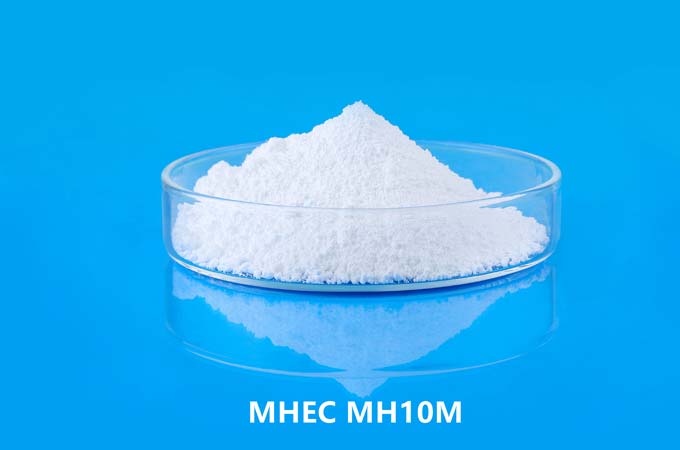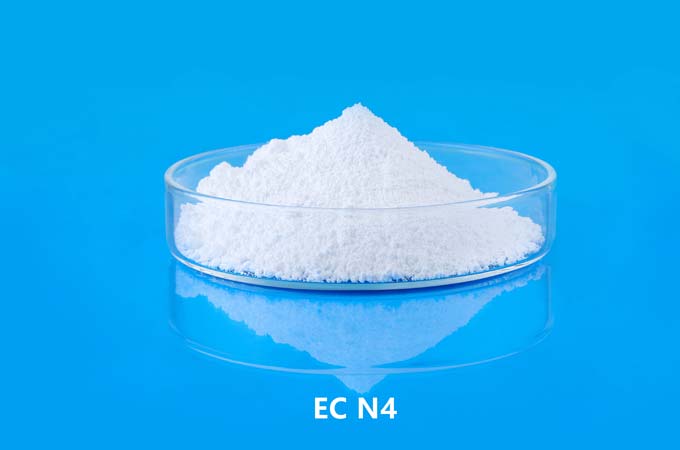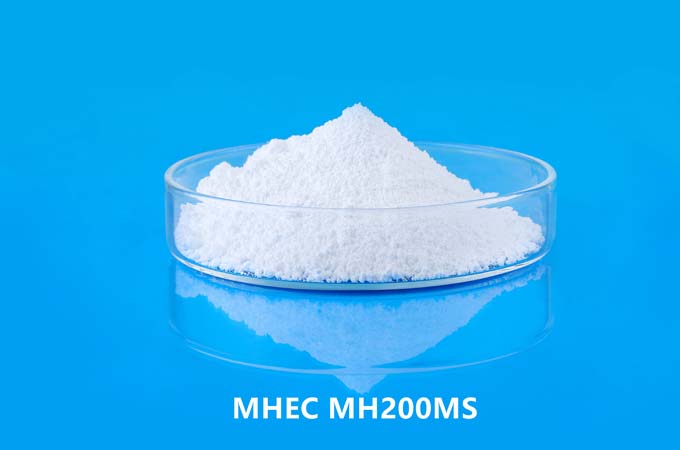Low-substituted hydroxypropyl cellulose (L-HPC) is a derivative of cellulose, a natural polymer found in plant cell walls. It is widely used in various industries, including pharmaceuticals, food, cosmetics, and others, due to its unique properties such as biocompatibility, film-forming ability, and water solubility. The grades of L-HPC can vary based on factors such as degree of substitution, molecular weight, and particle size distribution.
Introduction to Low-Substituted Hydroxypropyl Cellulose (L-HPC)
Low-substituted hydroxypropyl cellulose (L-HPC) is a cellulose derivative produced by the reaction of hydroxypropyl groups with the hydroxyl groups of cellulose. It is characterized by a low degree of substitution compared to other cellulose derivatives like hydroxypropyl methylcellulose (HPMC). The degree of substitution (DS) refers to the average number of hydroxypropyl groups per anhydroglucose unit in the cellulose chain. L-HPC typically has a DS ranging from 0.05 to 0.5.
Grades of L-HPC
1. Low-Viscosity Grades
Low-viscosity grades of L-HPC are characterized by their low molecular weight and low viscosity in solution. They are often used in formulations where rapid dissolution or dispersion is desired, such as in orally disintegrating tablets (ODTs), instant release tablets, and mouth-dissolving films. These grades provide excellent binding properties while maintaining quick disintegration and dissolution profiles, making them suitable for fast-acting pharmaceutical formulations.
2. Medium-Viscosity Grades
Medium-viscosity grades of L-HPC have slightly higher molecular weights and viscosities compared to low-viscosity grades. They offer a balance between binding properties and dissolution/dispersion characteristics. These grades find applications in controlled-release formulations where a gradual release of the active ingredient is desired. They are also used in wet granulation processes for improving granule properties and tablet manufacturability.
3. High-Viscosity Grades
High-viscosity grades of L-HPC have the highest molecular weights and viscosities among the different grades. They provide excellent binding properties and are commonly used in sustained-release and extended-release formulations. Their high viscosity allows for the formation of robust matrices that control the release of the active ingredient over an extended period. These grades are ideal for formulating once-daily dosage forms and other long-acting pharmaceutical products.
Properties of L-HPC
1. Film-Forming Ability
L-HPC exhibits excellent film-forming properties, making it suitable for applications where the formation of thin, uniform films is required. These films can serve as coatings for tablets and capsules, as well as packaging materials for food and pharmaceutical products.
2. Water Solubility
L-HPC is soluble in water, forming clear, viscous solutions. This property is advantageous in formulations where rapid dissolution or dispersion is necessary. It also allows for easy processing during manufacturing.
3. Biocompatibility
Like cellulose, L-HPC is biocompatible and non-toxic, making it safe for use in pharmaceutical and food applications. It is widely accepted for use in oral dosage forms, topical formulations, and other products intended for human consumption.
4. Stability
L-HPC exhibits good chemical and physical stability, which contributes to the stability of formulations containing it. It is resistant to enzymatic degradation and can withstand a wide range of pH and temperature conditions.
Applications of L-HPC
1. Pharmaceutical Industry
In the pharmaceutical industry, L-HPC is used as a binder, disintegrant, film former, and sustained-release agent in solid oral dosage forms such as tablets, capsules, and films. It helps improve the flow properties of powders, enhance tablet hardness, control drug release kinetics, and mask the taste of bitter drugs.
2. Food Industry
In the food industry, L-HPC is used as a thickener, stabilizer, and film former in various food products. It improves the texture, viscosity, and stability of sauces, dressings, dairy products, and baked goods. It can also be used as a coating for confectionery and as a packaging material for food products.
3. Cosmetics Industry
In the cosmetics industry, L-HPC is used in formulations such as creams, lotions, gels, and hair care products as a thickener, stabilizer, and film former. It enhances the rheological properties of formulations, improves spreadability and skin feel, and provides long-lasting effects.
4. Other Industries
L-HPC finds applications in other industries such as textiles, coatings, and adhesives, where its film-forming and thickening properties are utilized. It is also used in various specialty applications such as inks, paints, and agricultural chemicals.
Low-substituted hydroxypropyl cellulose (L-HPC) is a versatile cellulose derivative with a wide range of grades tailored to specific applications in the pharmaceutical, food, cosmetics, and other industries. Its unique properties such as film-forming ability, water solubility, biocompatibility, and stability make it an indispensable ingredient in various formulations. By understanding the different grades of L-HPC and their properties, formulators can select the most suitable grade for their specific application, thereby optimizing product performance and quality.
 English
English 日本語
日本語 français
français Deutsch
Deutsch Español
Español italiano
italiano русский
русский português
português العربية
العربية Türkçe
Türkçe Nederland
Nederland



